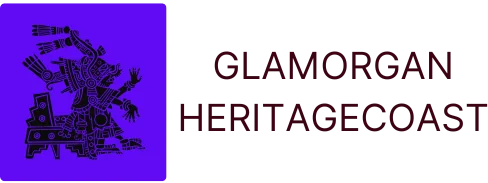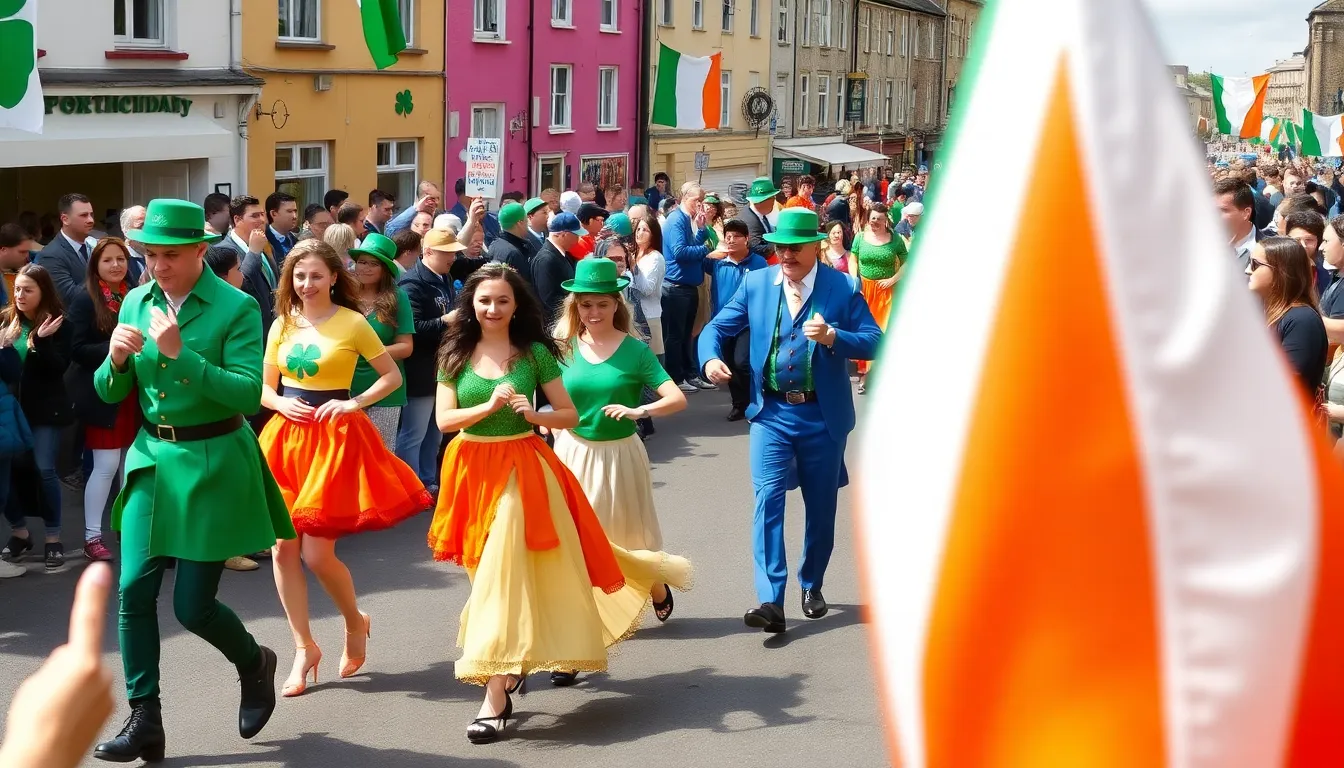Irish culture and traditions are like a pot of gold at the end of a rainbow—rich, vibrant, and a little bit magical. From the lively tunes of traditional music that make even the shyest dancer tap their feet to the age-old tales of leprechauns and fairies, there’s a treasure trove of history waiting to be explored.
Table of Contents
ToggleOverview of Irish Culture and Traditions
Irish culture and traditions exhibit remarkable vibrancy and depth. Traditional music carries a unique rhythm that invites participation, often drawing even the shyest dancers onto the floor. Folklore tells enchanting stories of leprechauns and fairies, revealing a mystical world woven into the nation’s history.
Art forms such as storytelling and dance contribute significantly to community bonding. Storytellers use vivid imagery to engage listeners, while Irish dance showcases intricate footwork that captivates audiences. Festivals play a key role in celebrating these traditions. Events like St. Patrick’s Day showcase parades, lively music, and cultural pride that resonate globally.
Culinary traditions also hold a special place. Irish cuisine features hearty meals with staples like potatoes and soda bread, reflecting agrarian roots. Traditional dishes, such as Irish stew and brown bread, emphasize simplicity and wholesome ingredients.
Language forms another cornerstone of Irish heritage. The Irish language, known as Gaeilge, enriches the cultural identity. Communities across Ireland work to preserve and promote this language, ensuring its survival for future generations.
Folklore intertwines with local customs, creating unique practices. Some notable examples include the celebration of Beltane, heralding the arrival of summer with bonfires and festivities. Such customs highlight the agricultural rhythms that shaped daily life in Ireland.
Irish culture thrives through its fusion of arts, food, language, and customs. Each element not only reflects a historical narrative but also creates a living tapestry that continues to evolve, inviting others to experience its beauty.
Historical Influences on Irish Culture

Irish culture stems from a complex history shaped by various influences. Understanding these influences offers insights into today’s vibrant traditions.
Ancient Celtic Roots
Celtic tribes settled in Ireland around 600 BC, laying the foundation for rich cultural traditions. These tribes emphasized a close relationship with nature, reflected in literature, art, and social structures. Spiritual beliefs revolved around animism, binding everyday life to mystical elements. Stories of gods and heroes emerged, influencing modern narrative practices. Traditional music and dance trace back to this era, expressing communal identity. Gaelic language, an essential aspect of Irish heritage, derives from these ancient roots. Connections between ancient customs and contemporary celebrations, such as Beltane, illustrate enduring traditions.
Impact of Colonialism
Colonialism significantly altered Irish culture, particularly from the 17th century onward. British rule enforced English language and customs, challenging native practices. Many Irish people experienced displacement and cultural suppression, leading to resistance through literature and music. The Great Famine from 1845 to 1852 marked a turning point, prompting emigration and diaspora. Exiled Irish communities helped preserve cultural elements, fostering a global awareness of Irish identity. Despite colonial challenges, a resurgence of interest in Gaelic language and traditions emerged in the 20th century. This ongoing revival emphasizes the resilience of Irish culture in the face of adversity.
Key Elements of Irish Culture
Irish culture encompasses various elements that reflect its rich history and traditions. Each facet contributes to a vibrant and evolving identity that captivates people globally.
Language and Literature
Gaeilge serves as a cornerstone of Irish heritage. Efforts to revive and preserve the Irish language demonstrate commitment to cultural identity. Poetry and literature hold deep significance, with authors like W.B. Yeats and James Joyce earning recognition. They explore themes of nature, mythology, and social issues, resonating with both local and international audiences. Folklore remains prominent, revealing stories of heroes, fairies, and ancient Irish myths. Community storytelling sessions foster connections and ensure the continuation of these traditions.
Music and Dance
Traditional Irish music plays a vital role in community celebrations. Instruments like the fiddle, bodhrán, and uilleann pipes create lively melodies that evoke joy. Irish dance showcases intricate footwork, with performances ranging from energetic jigs to graceful reels. Events such as ceilidhs invite people of all ages to participate in dance. These gatherings strengthen bonds among participants through shared experiences and cultural pride. Festivals, especially St. Patrick’s Day, amplify the global reach and appreciation for Irish music and dance.
Cuisine and Drink
Irish cuisine reflects the nation’s agrarian roots. Hearty dishes, such as Irish stew, use fresh, local ingredients to nourish communities. Soda bread, a staple, accompanies meals and symbolizes hospitality. Traditional beverages like Irish whiskey and stout further enrich the culinary landscape. Pubs serve as social hubs, enhancing relationships through shared meals and drinks. Culinary festivals celebrate these traditions, inviting exploration and appreciation of Ireland’s gastronomy. Each dish tells a story, connecting the past with the present.
Celebrations and Festivals
Irish celebrations showcase the country’s vibrant traditions and customs. These festivities highlight Ireland’s rich cultural heritage and foster community spirit.
St. Patrick’s Day
St. Patrick’s Day ranks among the most recognized Irish celebrations, taking place on March 17. Parades light up cities worldwide, with Dublin hosting one of the largest events, attracting over half a million spectators. Traditional music and dance fill the streets, creating an atmosphere of camaraderie. People wear green attire, symbolizing Ireland’s lush landscape, while shamrocks represent St. Patrick, the patron saint. Festivals often feature local foods, such as Irish stew, encouraging participation across generations. Community involvement reflects a shared pride in Irish heritage, making this celebration truly global.
Samhain and Other Traditions
Samhain marks the ancient Celtic festival celebrating the end of harvest and the onset of winter. It takes place from October 31 to November 1, signaling a time when the veil between the living and the dead is thinnest. Bonfires play a central role in Samhain, as they provide protection and warmth while assuring blessings for the coming year. Customs include dressing in costumes to ward off spirits and sharing seasonal food, reflecting gratitude for the harvest. Other traditions like Beltane celebrate fertility and light, bridging folklore with agricultural practices. These traditions emphasize the deep-rooted connection between the Irish people and their land.
Irish culture and traditions embody a vibrant tapestry woven from history music and community spirit. The resilience of the Irish people shines through their commitment to preserving their language and customs despite historical challenges. Each festival dance and story reflects a deep-rooted connection to the land and a shared identity that transcends borders.
As the world continues to embrace diversity Irish culture invites everyone to join in the celebration of its rich heritage. From the lively rhythms of traditional music to the warmth of hearty meals shared among friends the essence of Ireland remains alive and thriving. Engaging with these traditions offers a glimpse into a world filled with magic history and community that continues to inspire generations.










